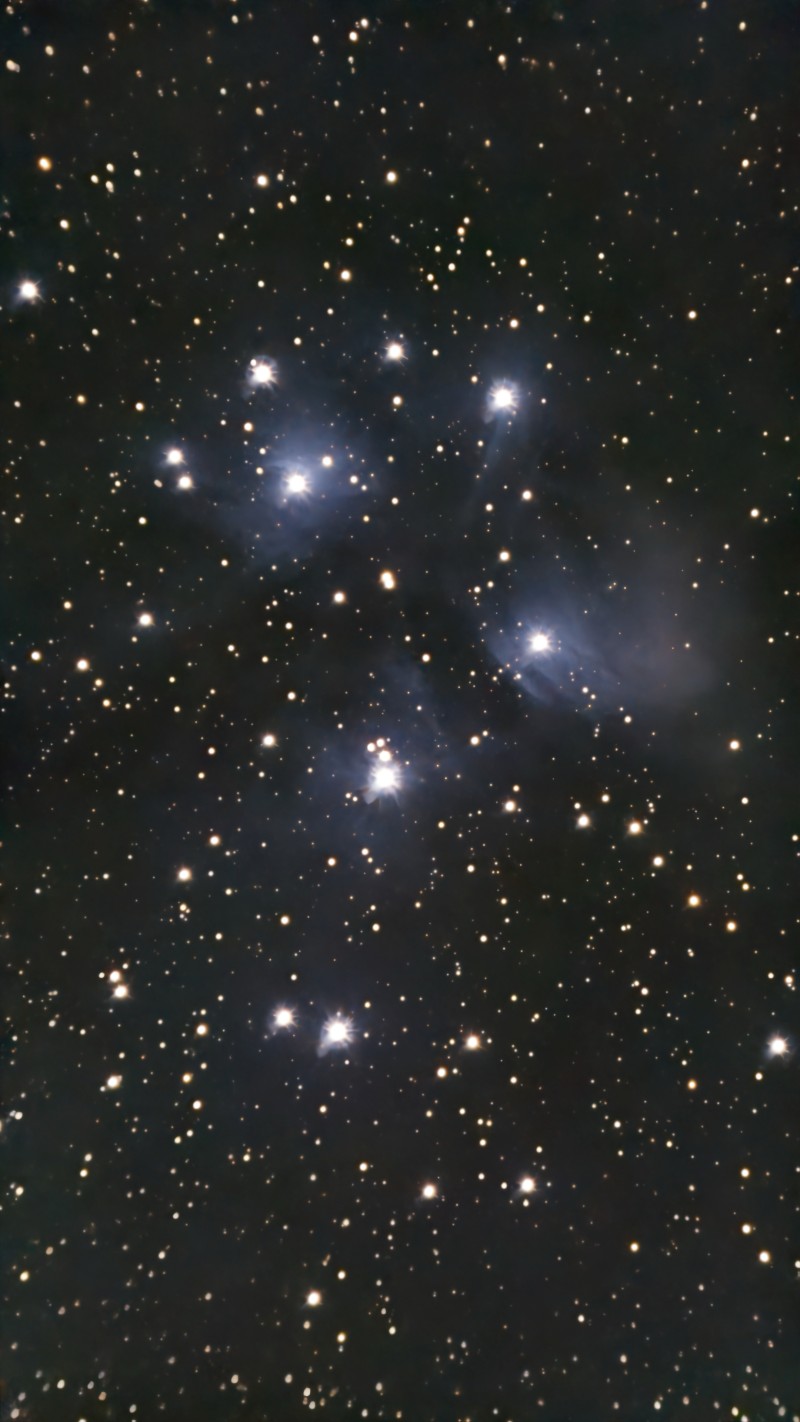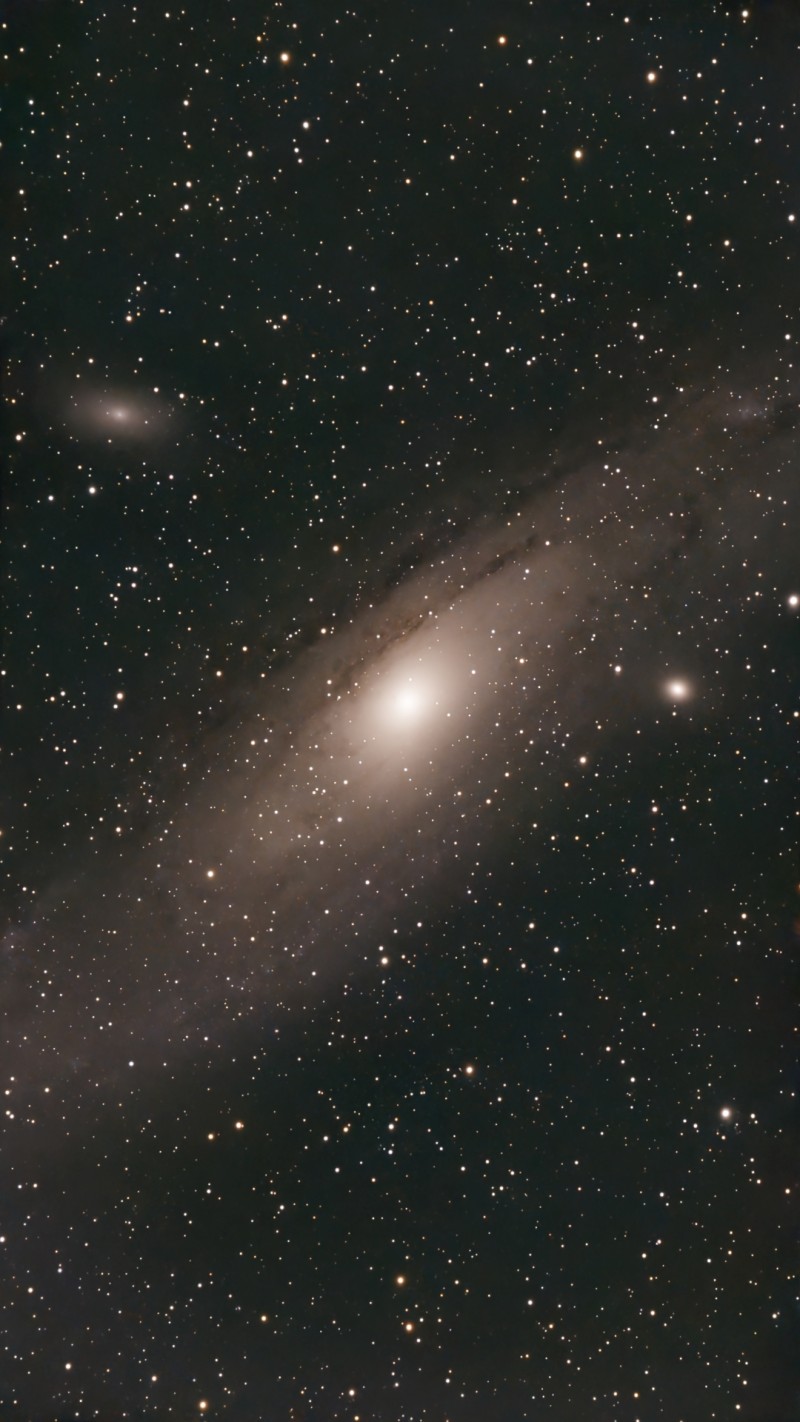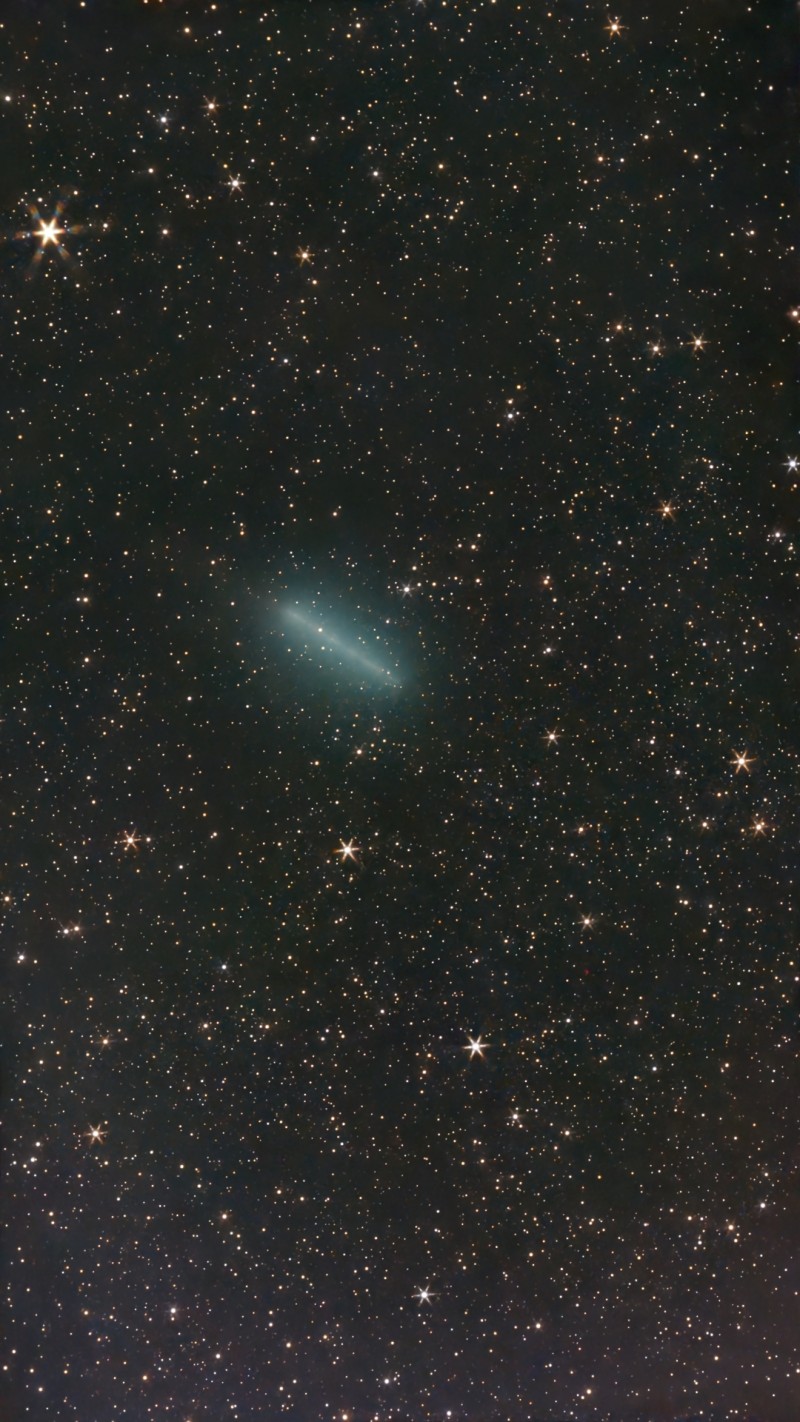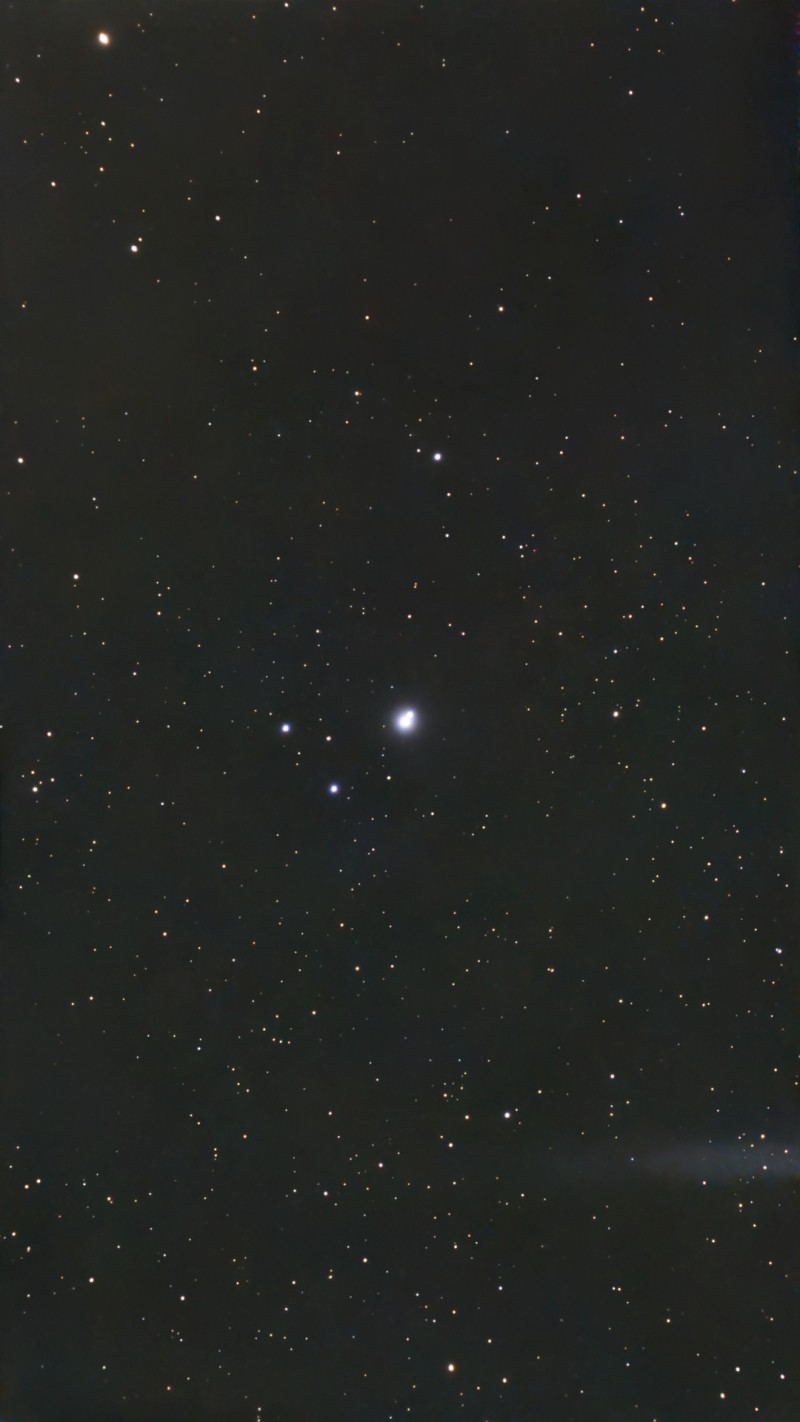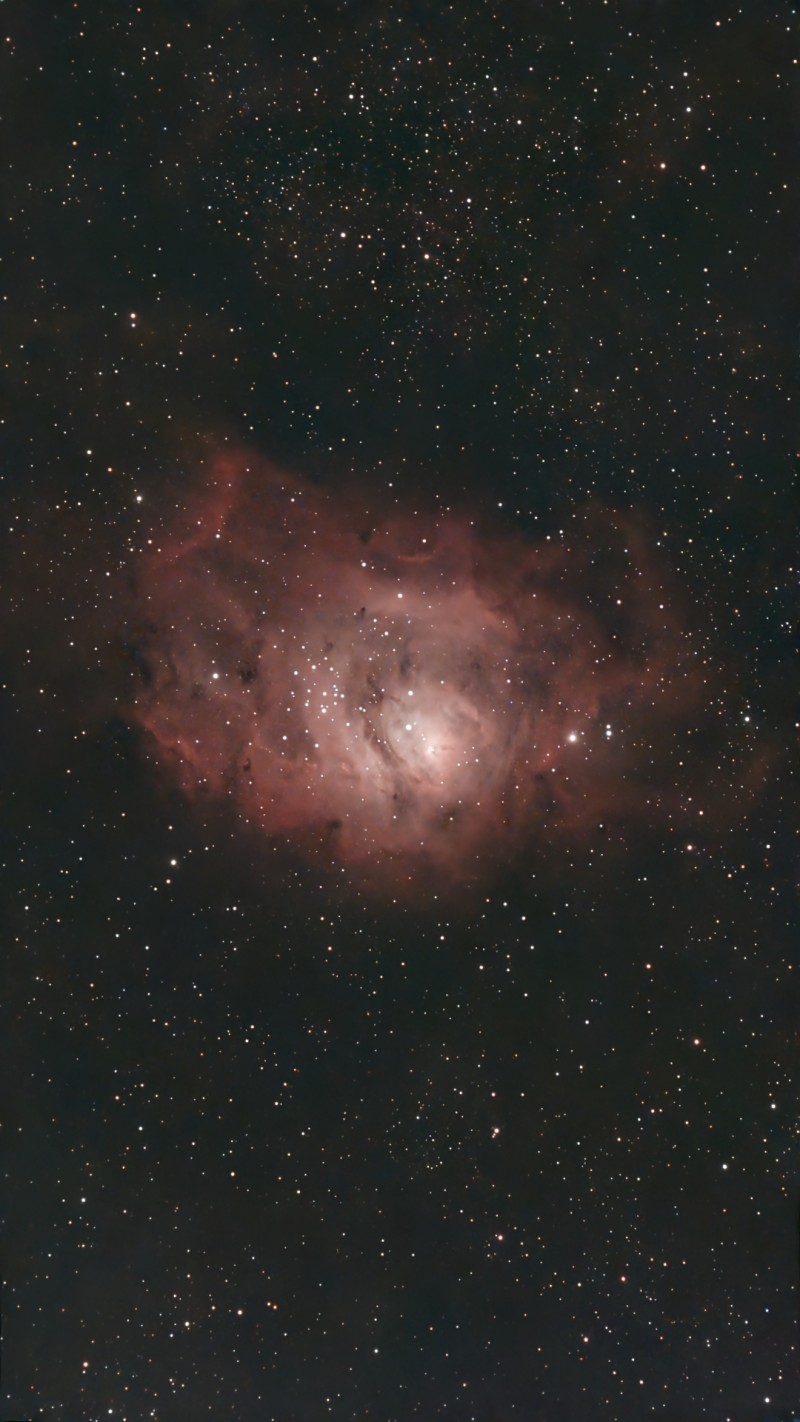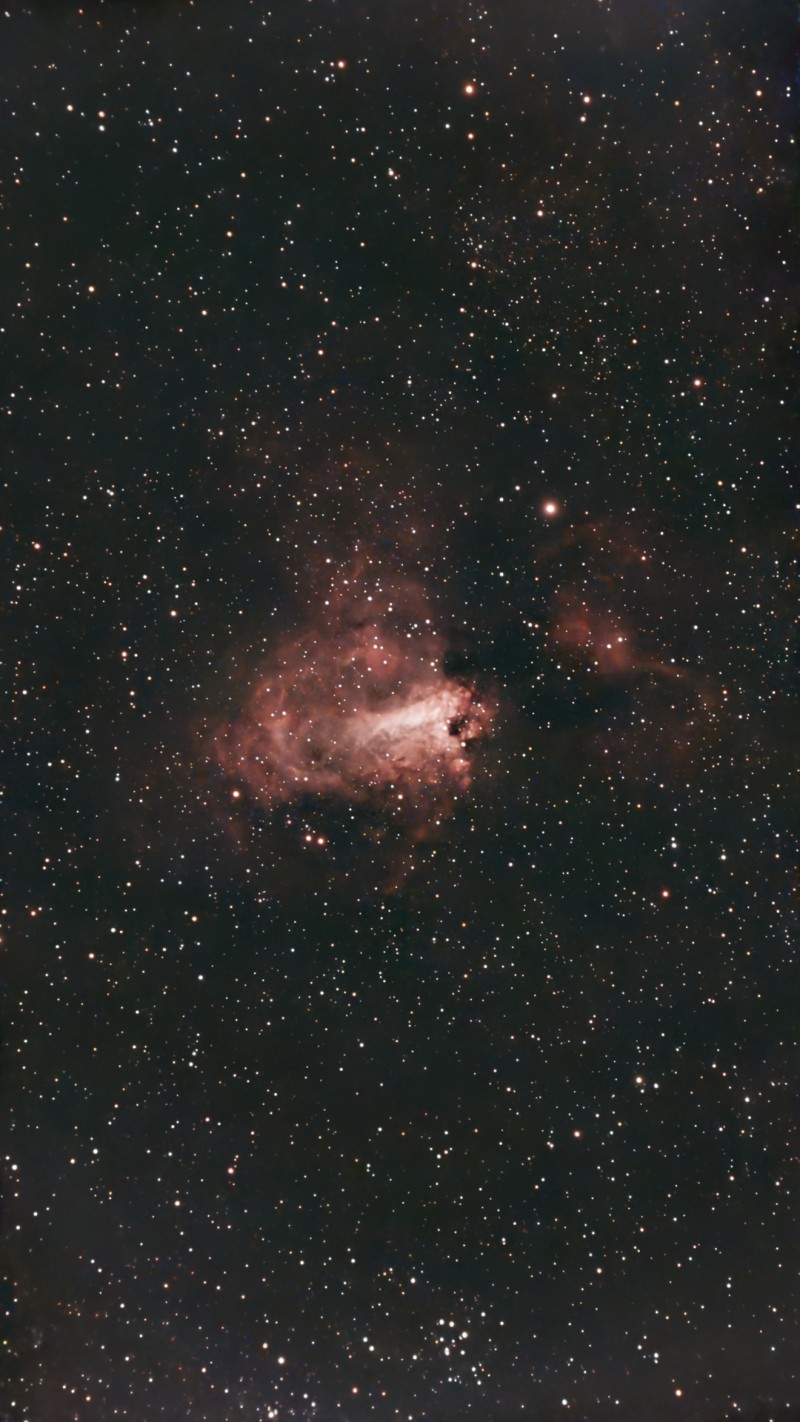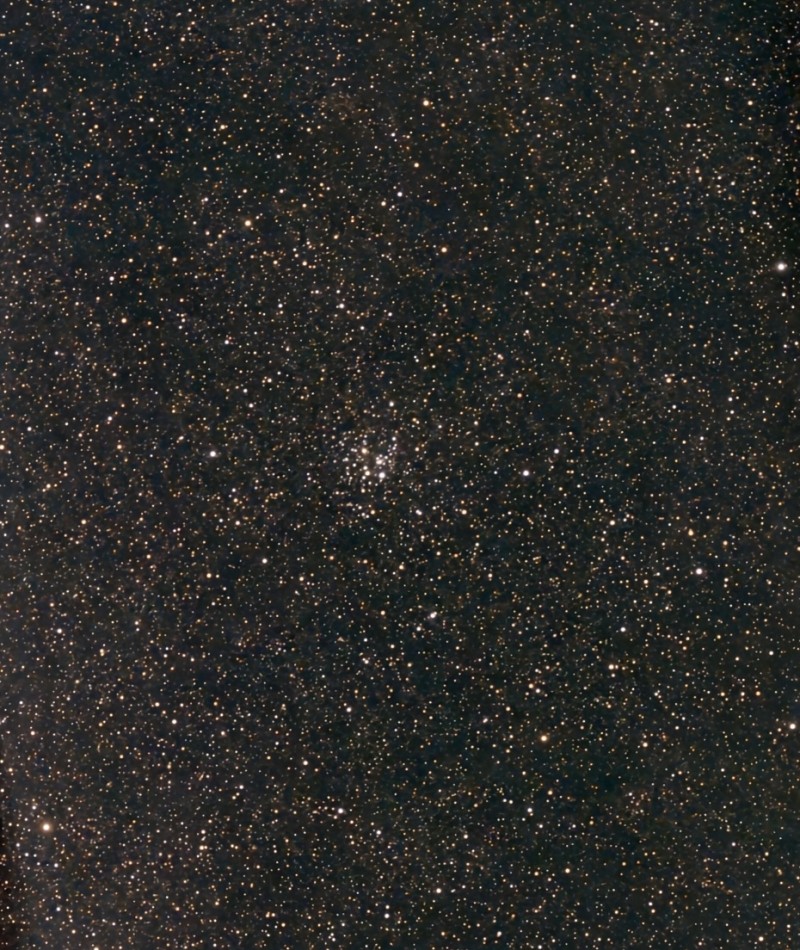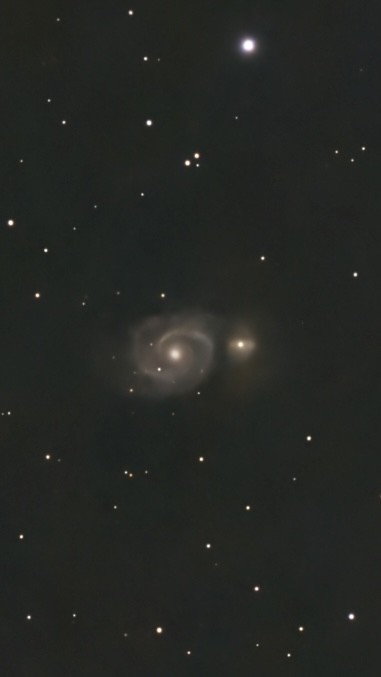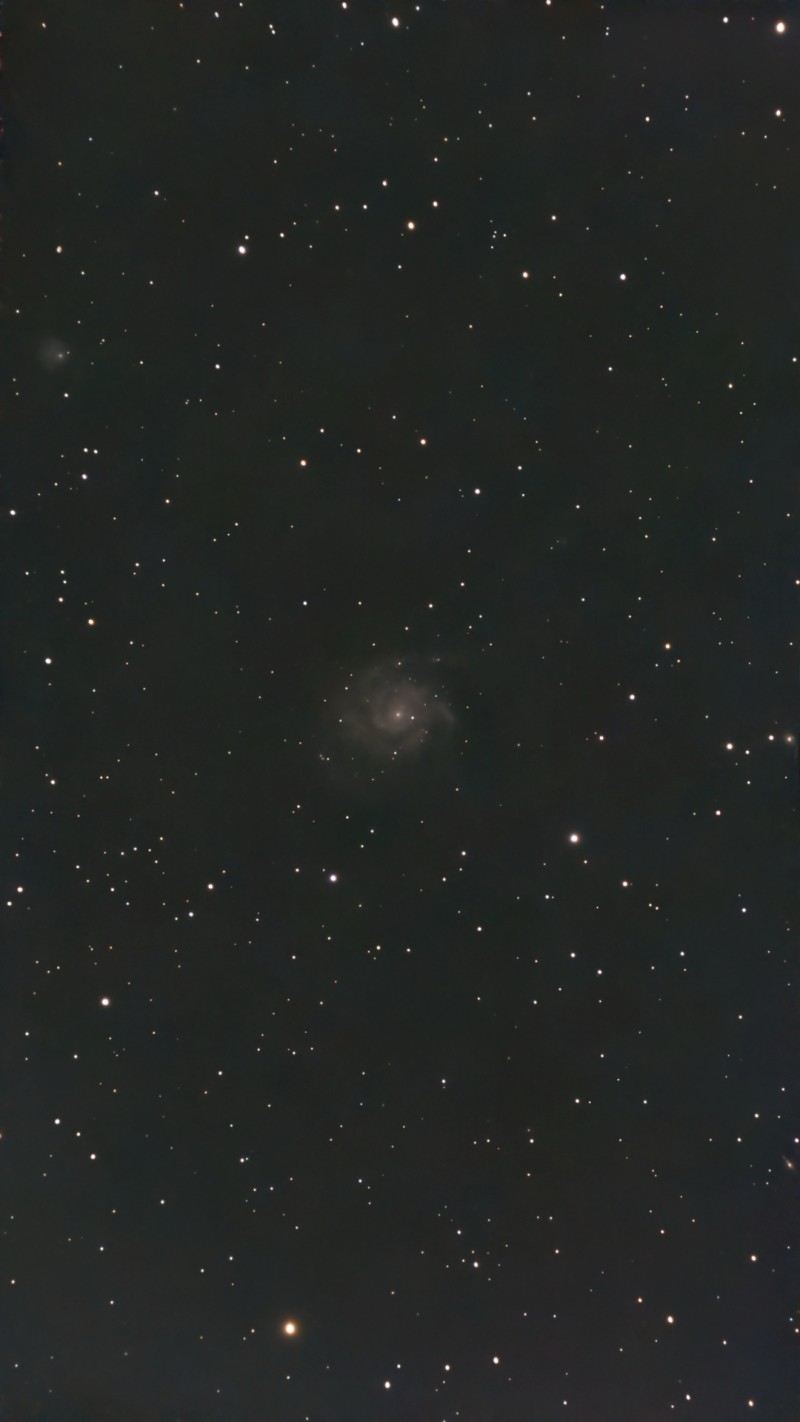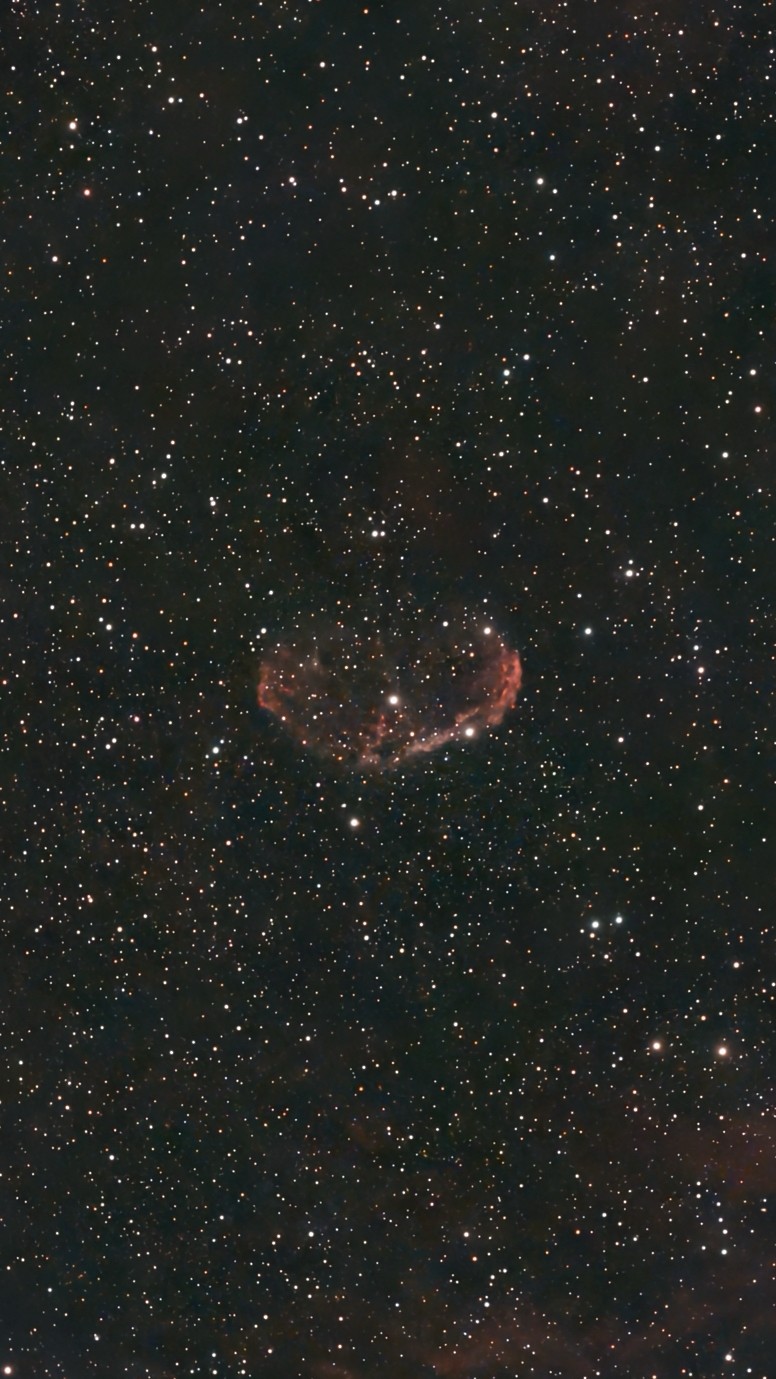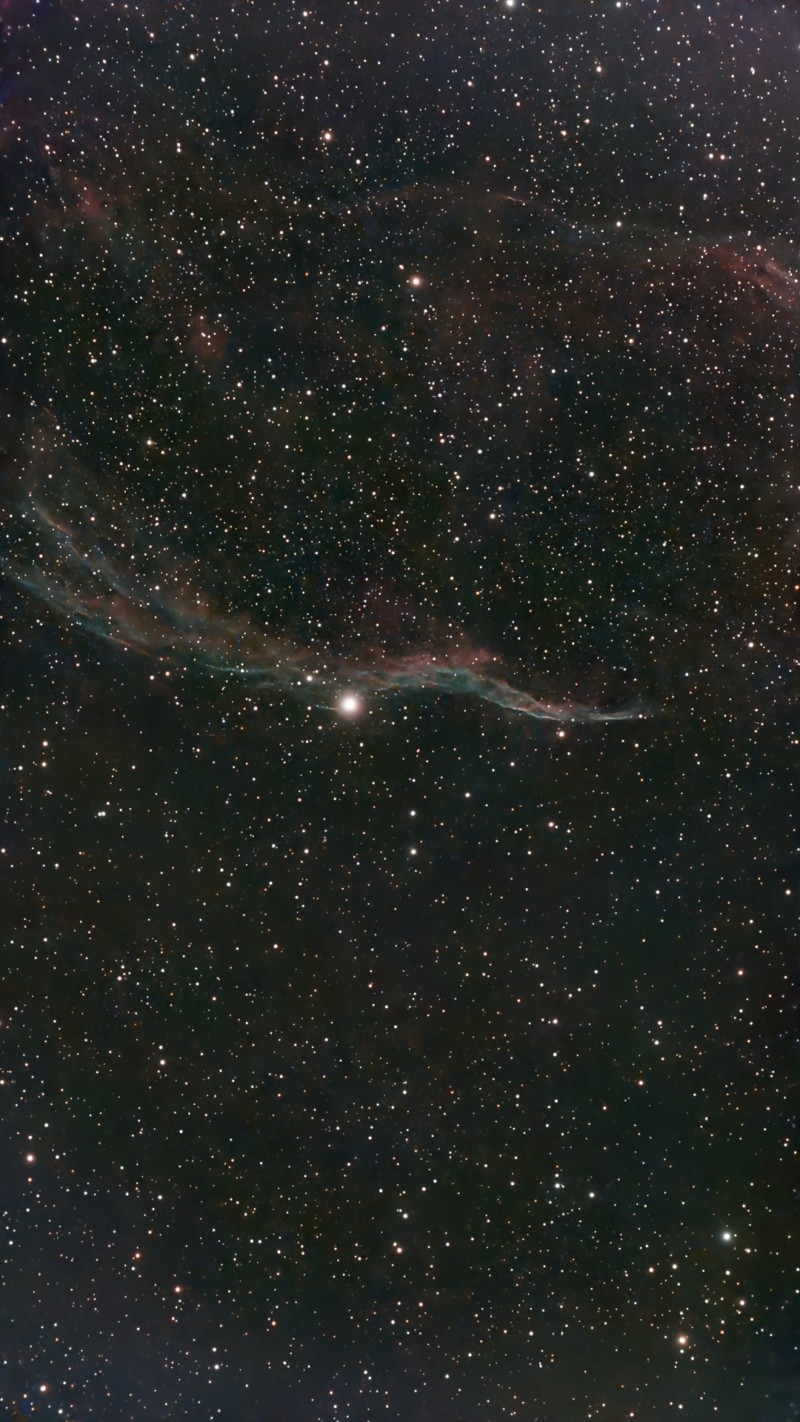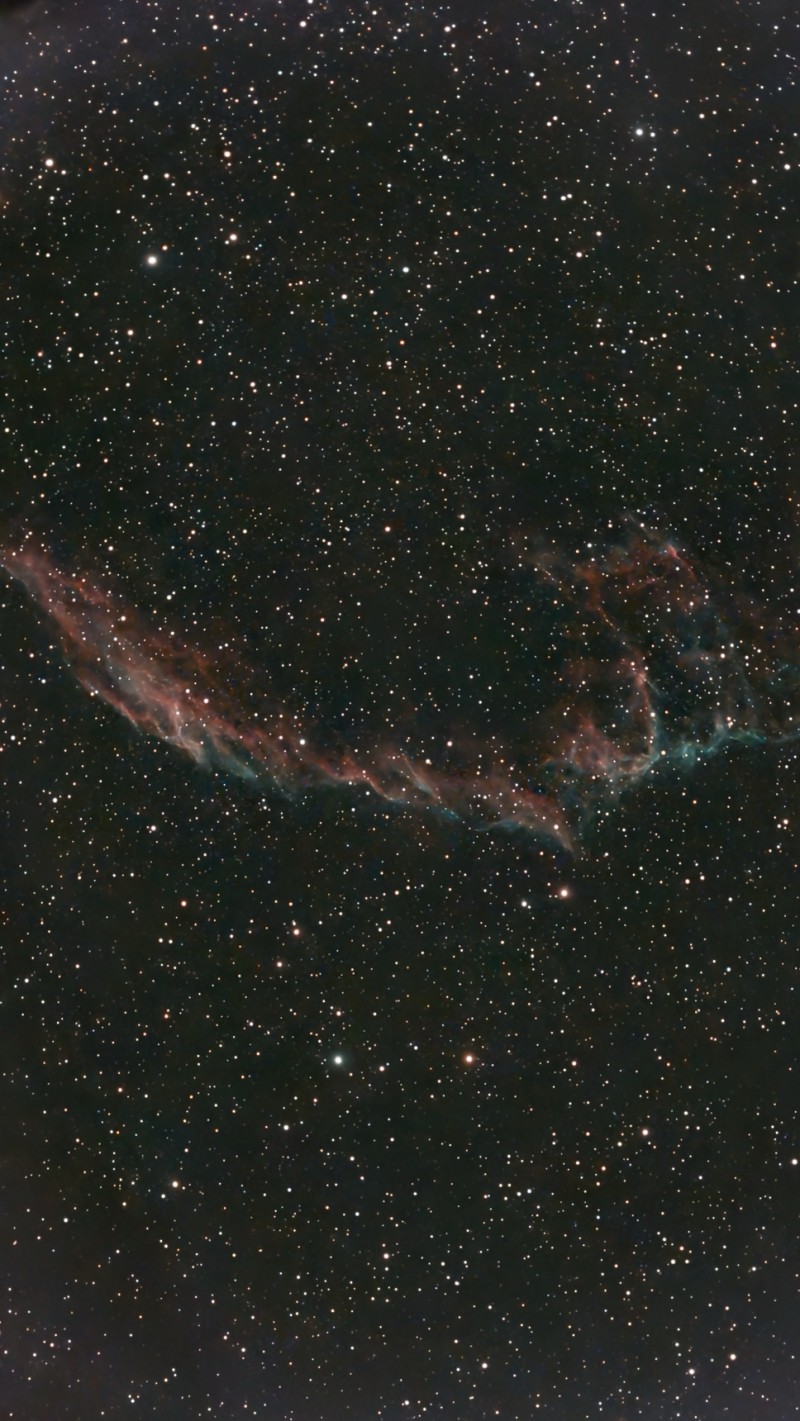Astrophotography
This collection consists of all the photos of space that have been taken with my telescopes. The majority of these images have already been through a post-processing evolution and are finalized. I maintain all of the FITS images just in case I decide to update the image stack, or want to enhance the quality later.
Click on one of the card to see more images.
Back to projects.
M45, the Pleiades, is an open star cluster in the constellation Taurus, known since antiquity and cataloged by Charles Messier in 1757. It's an asterism of over 1,000 young hot B-type stars loosely bound by gravity, spanning 110 arcminutes and surrounded by reflection nebulae.
M31, known as NGC 224 or the Andromeda Galaxy, is a barred spiral galaxy in the constellation Andromeda, discovered in 1764. It's the nearest major galaxy to the Milky Way at about 2.5 million light-years away, with a diameter of roughly 220,000 light-years and a central supermassive black hole.Apparent magnitude is 3.4. Distance from Earth is 2.5 million light-years.
C/2025 R2 (SWAN), also known as SWAN25B and SWAN R2, is a non-periodic long-period comet discovered on September 10, 2025, by Ukrainian amateur astronomer Vladimir Bezugly using SOHO's SWAN instrument. It's the 20th comet found by this tool and reached perihelion on September 12 at 0.5 AU from the Sun, featuring a greenish coma and a tail up to 2.5 degrees long; its nucleus fragmented around mid-October, splitting into two pieces.
9 Cygni is a binary star system in the constellation Cygnus, consisting of a G8 IIIa red clump giant as the primary and an A2 V main-sequence as the secondary. Both are approximately 437 million years old. The primary fuses helium in its core, while the secondary is evolving off the main sequence. There is a combined apparent magnitude is 5.39.
M8, the Lagoon Nebula or NGC 6523, is a giant emission nebula with an H II region in the constellation Sagittarius, discovered by Giovanni Hodierna in 1654. It's an active stellar nursery ionized by ultraviolet radiation from embedded young stars, spanning 90 x 40 arcminutes. Apparent magnitude is 6.0. Distance from Earth is 4,100 light-years.
M16, the Eagle Nebula, NGC 6611, or famously known as the iconic Pillars of Creation, is an emission nebula and open star cluster in the constellation Serpens, discovered in 1746. It's a stellar nursery ionized by young O and B stars, spanning 70 x 50 arcminutes and towering columns of gas and dust 4-5 light-years tall. Apparent magnitude is 6.0. Distance from Earth is 7,000 light-years.
M17, also know as the Omega Nebula, Swan Nebula, NGC 6618, Horseshoe Nebula, Lobster Nebula, and Checkmark Nebula, is a bright emission nebula and H II region in the constellation Sagittarius, discovered in 1764. It's a prolific star-forming region ionized by a young open cluster of massive stars, resembling the Greek letter omega or a swan's neck in wide-field views, spanning about 11 arcminutes. Apparent magnitude is 6.0. Distance from Earth is 5,500 light-years.
M26, also known as NGC 6694, is an open star cluster in the constellation Scutum, discovered in 1765. It's a loose grouping of about 25 bright stars spanning 8 arcminutes, located in the Scutum Star Cloud. Apparent magnitude is 8.0. Distance from Earth is 5,000 light-years.
M51, known as NGC 5194 or the Whirlpool Galaxy, is a grand design spiral galaxy in the constellation Canes Venatici, discovered on October 13, 1773. It's interacting with the dwarf galaxy NGC 5195, producing prominent spiral arms visible in long-exposure images. Apparent magnitude is 8.4. Distance from Earth is 23 million light-years.
M101, also known as NGC 5457 or the Pinwheel Galaxy, is a face-on grand design spiral galaxy in the constellation Ursa Major, discovered in 1781. It features prominent spiral arms and spans about 170,000 light-years in diameter. Apparent magnitude is 7.9. Distance from Earth is 21 million light-years.
The Moon, also known as Luna, is Earth's only natural satellite. It is believed to have formed about 4.5 billion years ago from debris after a giant impact on earth. It is a rocky body with a diameter of 2,159 miles and is tidally locked so the same side always faces Earth. Surface temperatures range from -280°F at night to 260°F in daylight. The average distance from Earth is 238,855 miles.
NGC 281, known as IC 11 or the Pacman Nebula, is an emission nebula and active star-forming region in the constellation Cassiopeia, containing the young open cluster IC 1590 ionized by massive O-type stars. It spans about 35 x 32 arcminutes with a distinctive "Pacman" shape from dark dust lanes. Apparent magnitude is 7.4. Distance from Earth is 9,500 light-years.
NGC 5907, known as Knife Edge Galaxy, NGC 5906, and the Splinter Galaxy, is an edge-on spiral galaxy in the constellation Draco, discovered on May 5, 1788. It's known for its razor-thin disk and vast stellar streams from disrupted satellite galaxies, with a diameter of about 173,000 light-years. Apparent magnitude is 11.1. Distance from Earth is 46.6 million light-years.
NGC 6888, also known as Caldwell 27, Sharpless 105, and the Crescent Nebula, is an emission nebula in the constellation Cygnus, discovered in 1792. It's an expanding bubble of ionized gas sculpted by winds from the Wolf-Rayet star WR 136, spanning 25 x 18 arcminutes. The apparent magnitude is 7.4 and the distance from Earth is approximately 5,000 light-years.
NGC 6960, also known as the Witch's Broom Nebula, Filamentary Nebula, Caldwell 34, and the Western Veil Nebula, is a filamentary supernova remnant in the constellation Cygnus, discovered in 1784. It's the western arc of the larger Veil Nebula (Cygnus Loop), an expanding shell of gas from a star that exploded roughly 8,000 years ago, featuring delicate, ionized filaments spanning 70 arcminutes. Its apparent magnitude is 7.0 and the distance from Earth is approximately 2,000 light-years.
NGC 6992, also known as Caldwell 33, NGC 6995, and the Eastern Veil Nebula, is a filamentary supernova remnant in the constellation Cygnus, discovered in 1784. It's the eastern arc of the larger Veil Nebula (Cygnus Loop), an expanding shell of ionized gas from a star that exploded roughly 8,000 years ago, spanning about 50 arcminutes. Apparent magnitude is 8.0. Distance from Earth is 2,000 light-years.
The Sun, also known as Sol, is the star at the center of our Solar System. It's a G-type main-sequence star (yellow dwarf) approximately 4.6 billion years old. It powers life on Earth through nuclear fusion, converting hydrogen to helium in its core, and accounts for 99.8% of the Solar System's total mass.
Back to projects.
